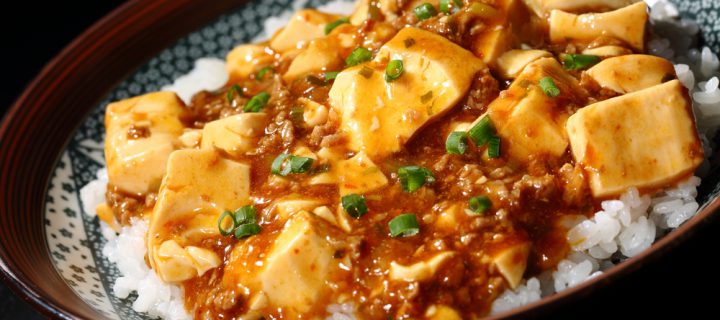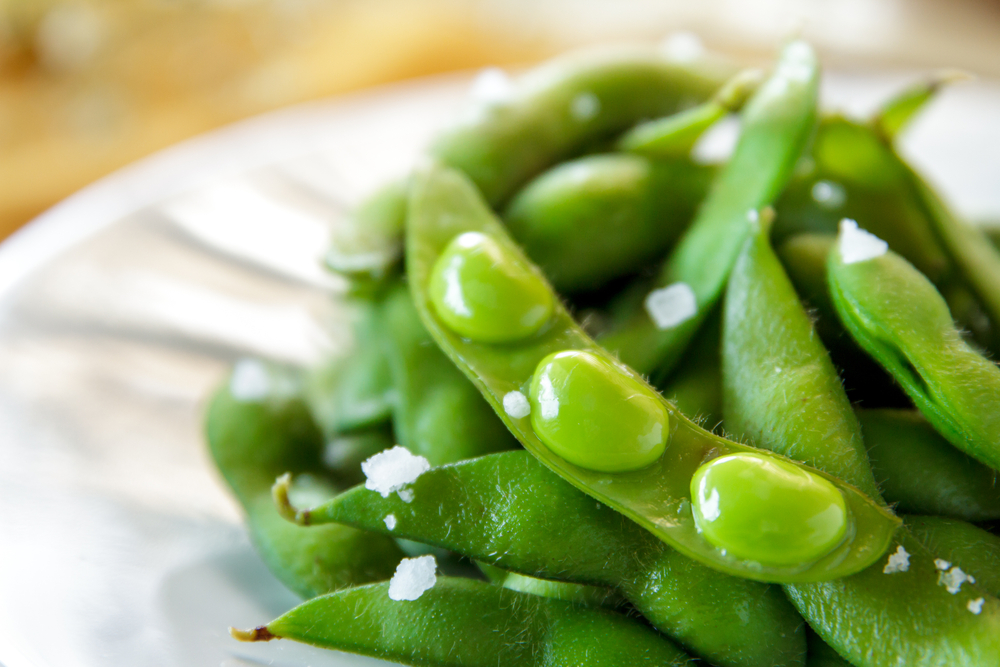Vaginal dryness and irritation can be annoying and uncomfortable, but natural solutions exist.
Every woman growing into her wise years knows that staying lubricated down under can sometimes be a challenge.
And for younger women, if you’re not on birth control pills, your hormone levels are going up and down throughout the month, in sync with your menstrual cycle. In some women, this causes the body’s estrogen levels to dip very low in the days immediately before and just after the beginning of your period.
Experts aren’t entirely sure why this happens in some individuals and not in others. If you’re experiencing a sensitive vulva and itchiness around this time though, you can count yourself among the less fortunate. Thankfully, it passes, but it can be uncomfortable while it happens.
What can you do about it? To help reduce your symptoms, there are foods that you can eat to alter your levels of estrogen. Generally speaking, they fall into two categories: foods containing soy, and those that are low in oxalate.
Check out this list of tips and feel some natural relief:
Foods Rich in Soy:
Meat Alternatives
Foods made from soybeans contain soy protein, which by many as a healthy source of protein, and an alternative to eating meat. Many products are made from processed soybeans, from soy-based luncheon meats to ice cream, hot dogs and many other products.
You can often find these in the vegetarian section of your local supermarket and in specialty health food stores. These can be a great way to explore soy-based alternatives while still eating the foods you’re accustomed to.
Edamame
This delicious green bean is often served steamed and salted at Japanese restaurants as a side dish, or starter. It’s basically an immature soybean that’s been steamed and prepared in the bean pod. Crack open the pod and enjoy the beans inside.
Related: This is How Vaginal Weightlifting Works- And How It’s Good for You
Tofu
This stuff is something some love and others hate. It’s pretty tasteless, and can take on the flavor of the sauce it’s cooked in. Fry it up and dip it in soy sauce as a side dish, or add it to your favorite Asia stir fry.
Tofu is also known as bean curd, and it’s made by processing soy milk and pressing it into blocks. You can get it in soft, firm or extra firm, your choice.
Miso
Miso is a traditional Japanese seasoning made with fermented soybeans, salt, barley and other ingredients. It’s delicious in a light soup and high in protein, vitamins and minerals.
Soymilk
Milk made from soy! This stuff comes in all sorts of flavors, from plain to vanilla, chocolate and fruity flavors. Drinking it is an easy way to incorporate some extra estrogen into your diet, to feel relief.
Low-Oxalate Foods:
If you’ve ever suffered from kidney stones, you’ve likely heard of a low-oxalate diet already. If not, it could be something new. Eating a diet low in oxalate doesn’t mean you simply follow the general rules of getting more fruits and vegetables into your system while reducing fats and sugars.
Related: What You Eat Could Affect Your Sex Life as You Age
Some foods are particularly high in oxalate, and for women suffering from dryness, it can be beneficial to avoid them. If your dryness coincides with your period, try eating a low-oxalate diet in the week prior to, and during your menstruation.
If you can, try to limit these foods:
- Spinach
- Potato chips
- French fries
- Bran flakes
- Rhubarb
- Beets
- Nuts and nut butters
As many experts say, eating more soy and a low-oxalate diet is very unlikely to harm you. The changes could, however, be very beneficial in terms of treating your vaginal symptoms, which is something many women would welcome. Why not give it a try?
Photo credits: gontabunta/Shutterstock.com; Odua Images/Shutterstock.com













